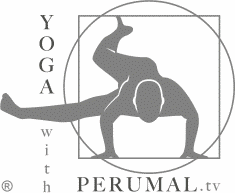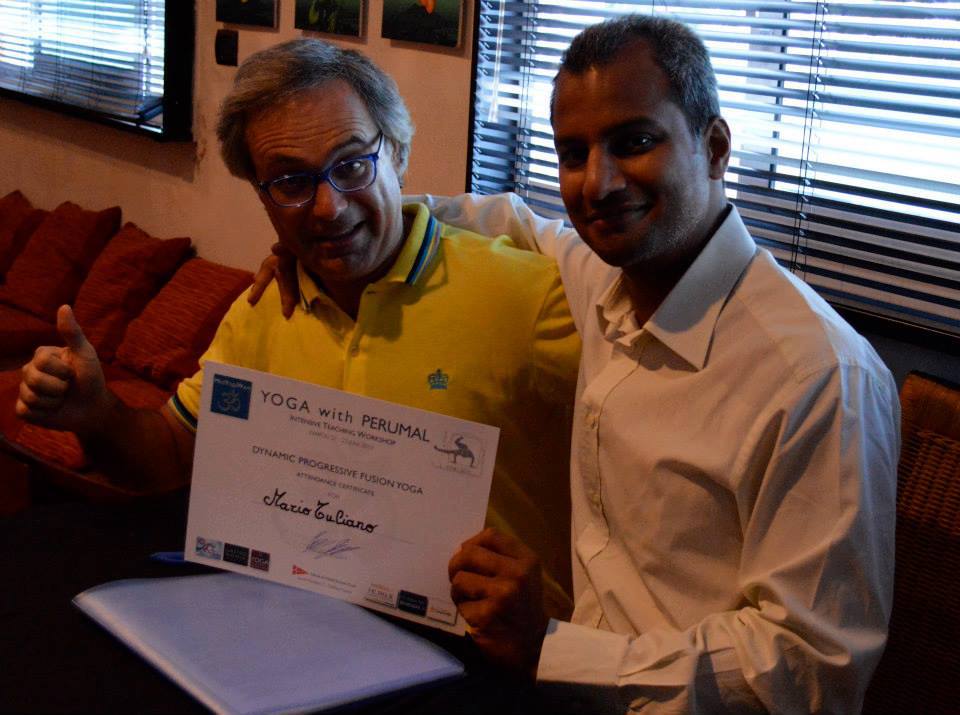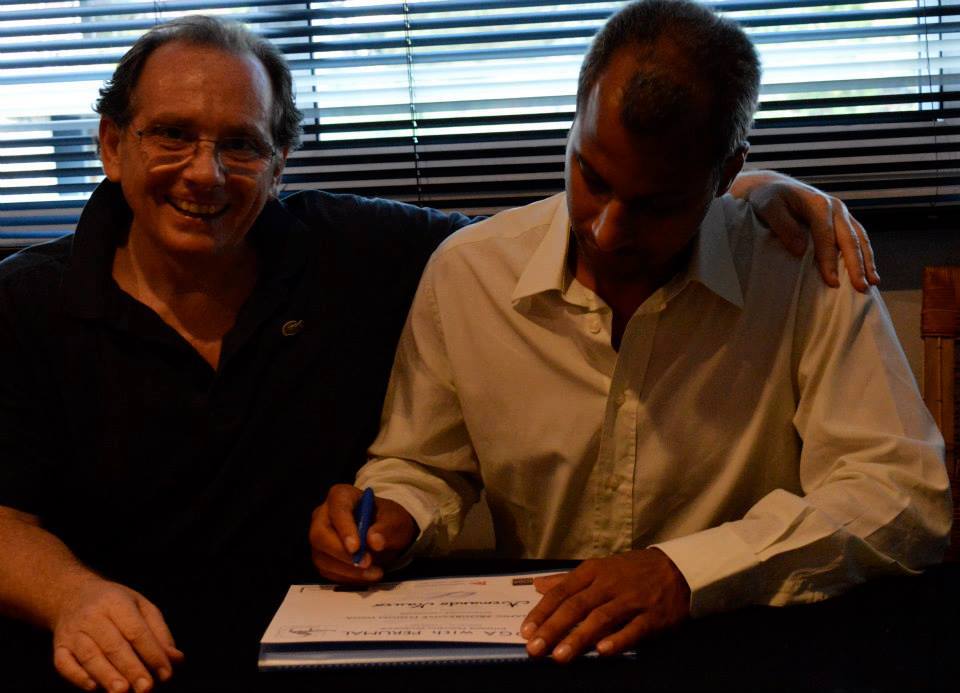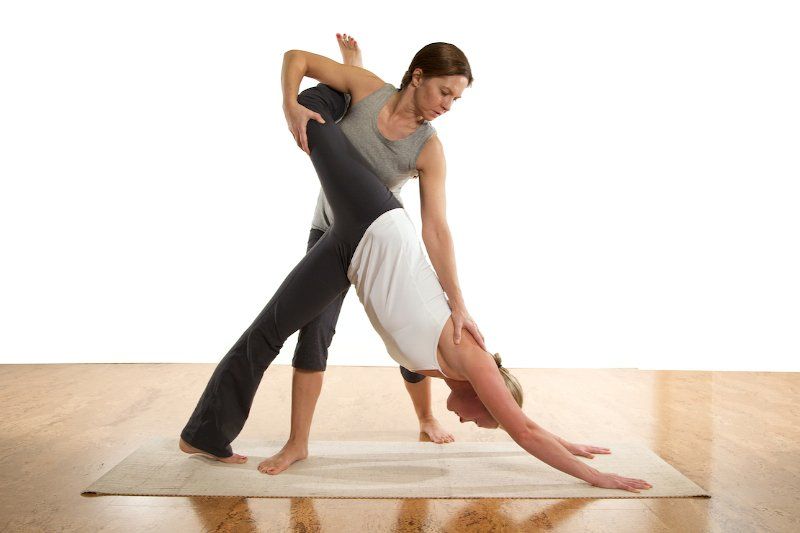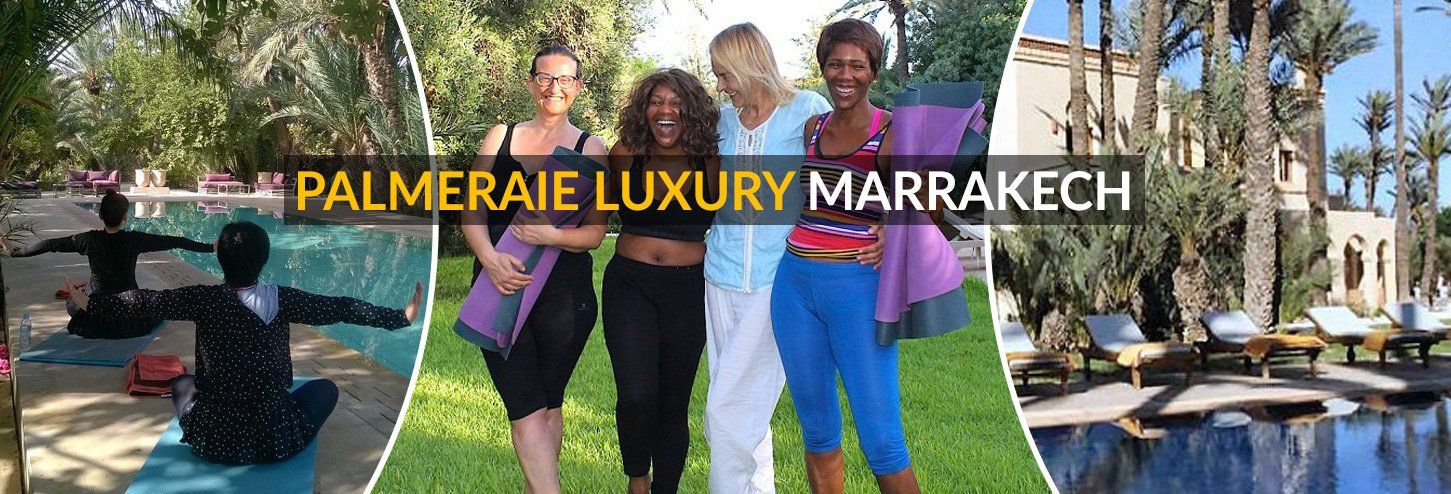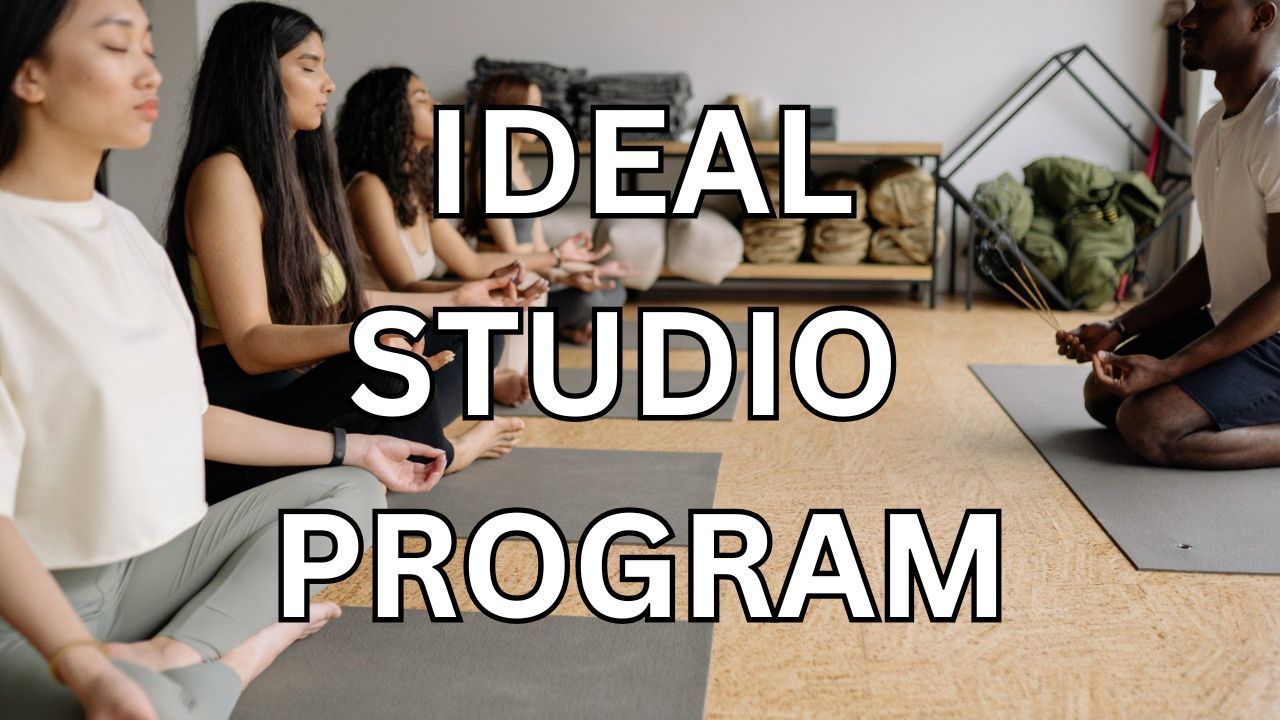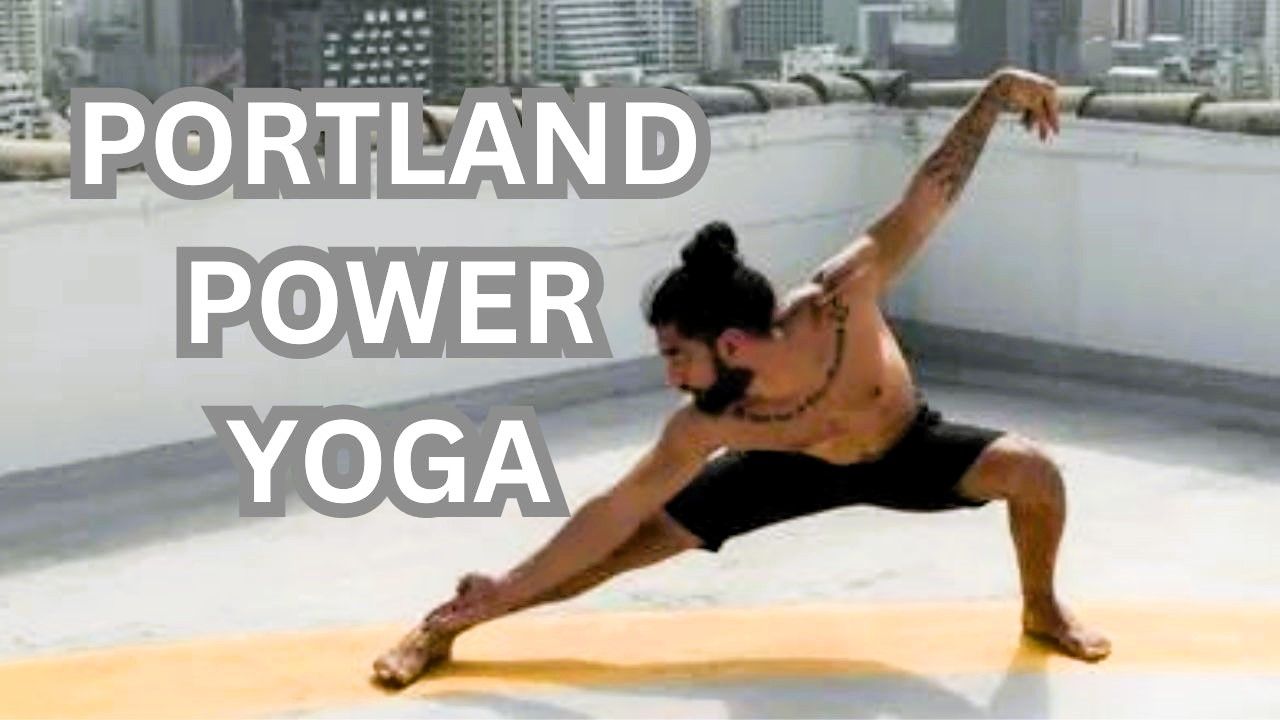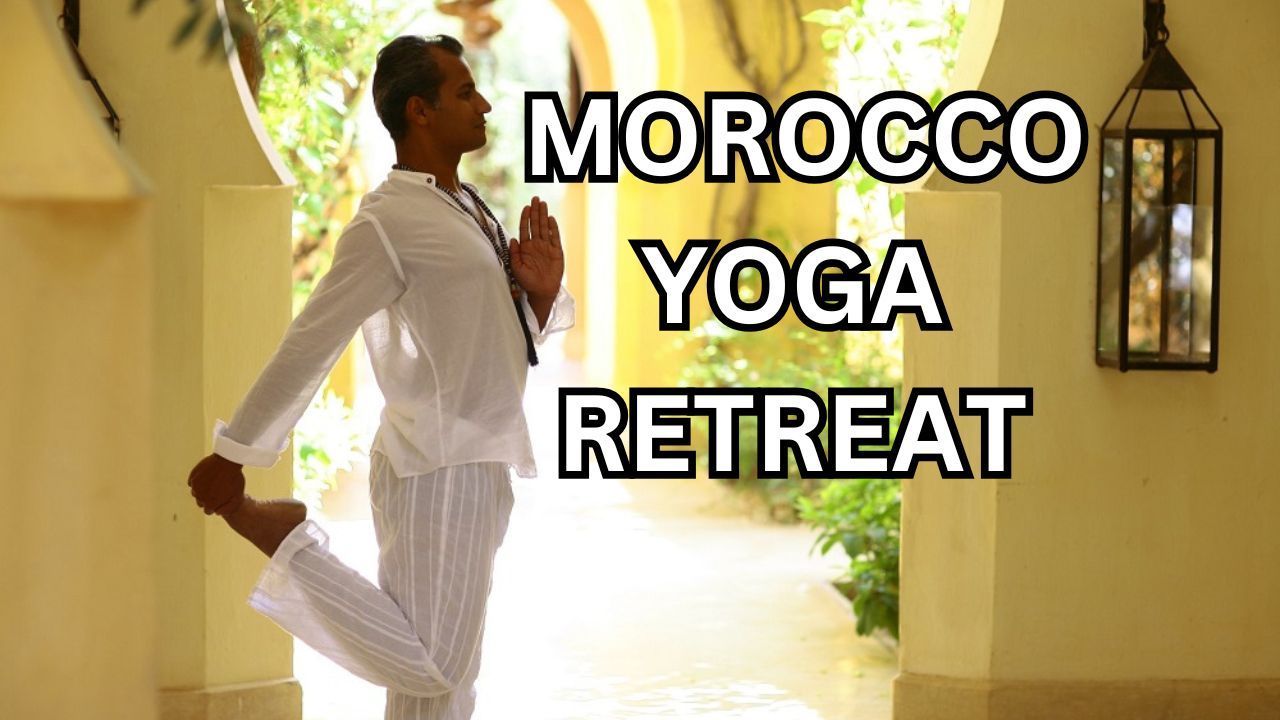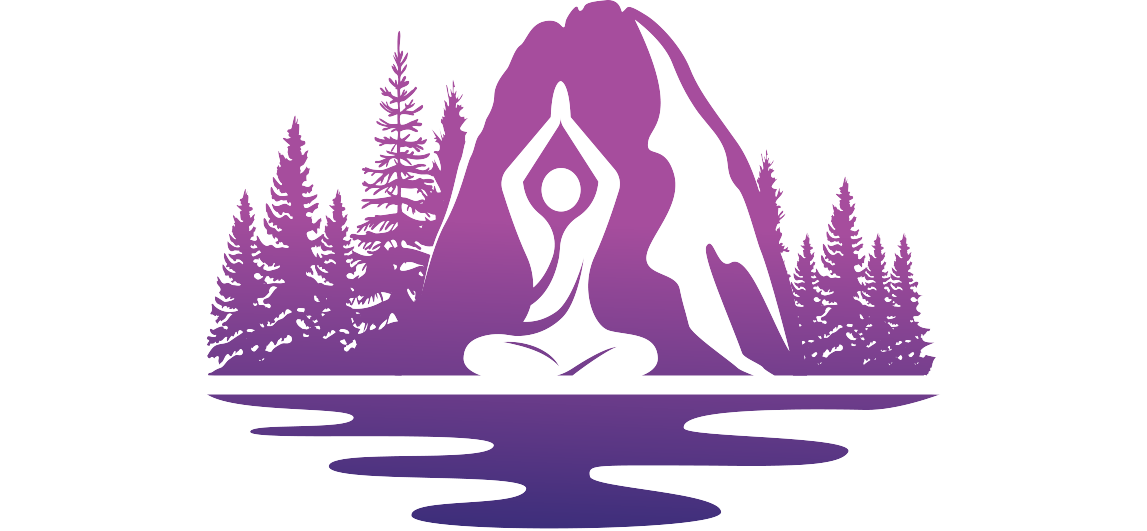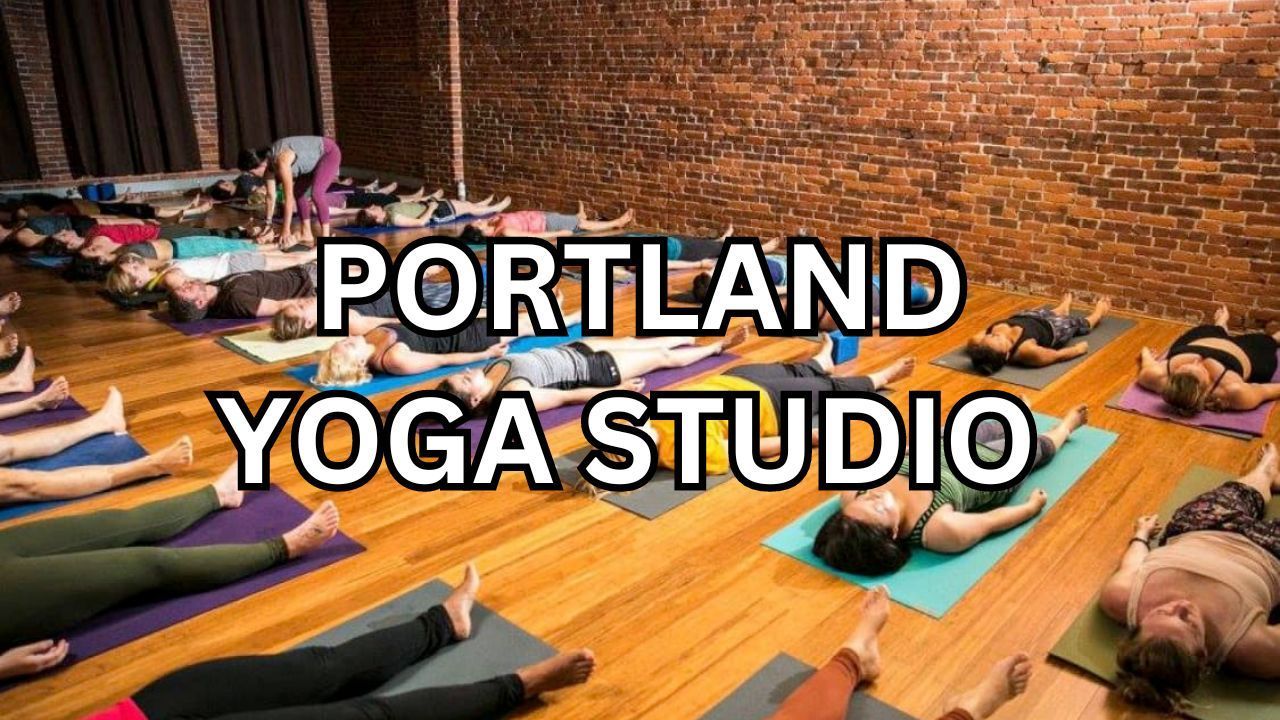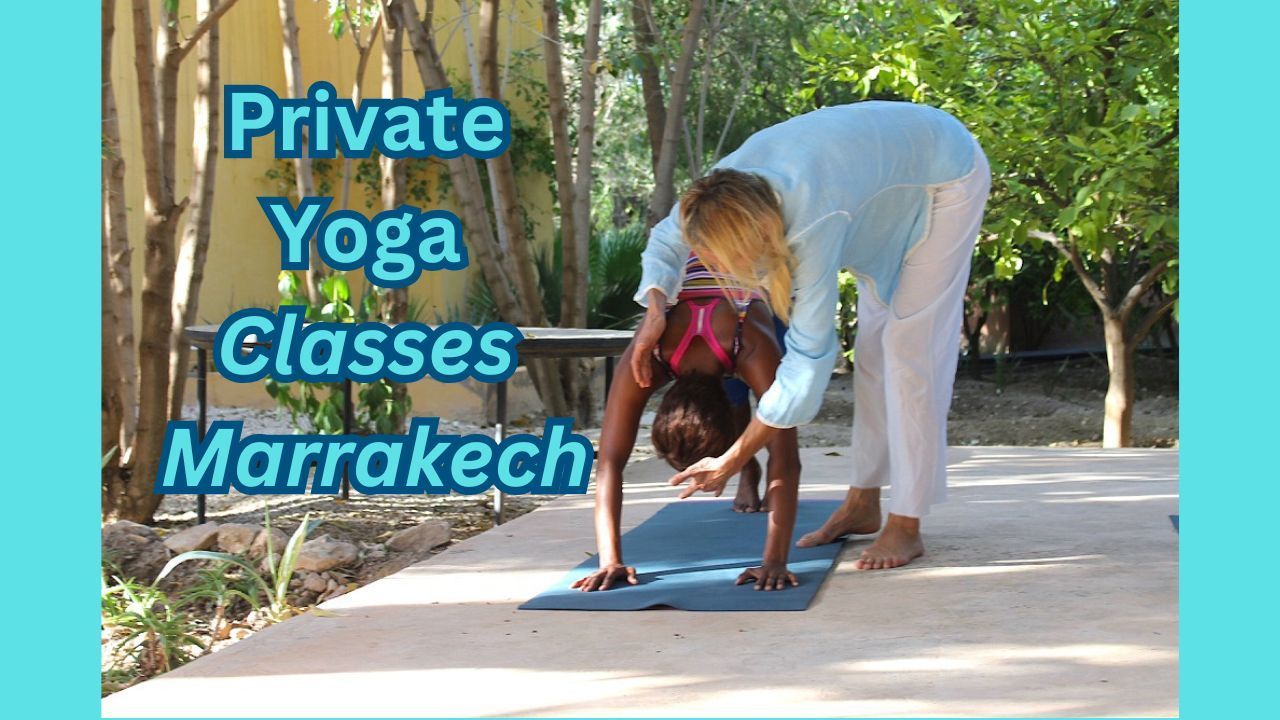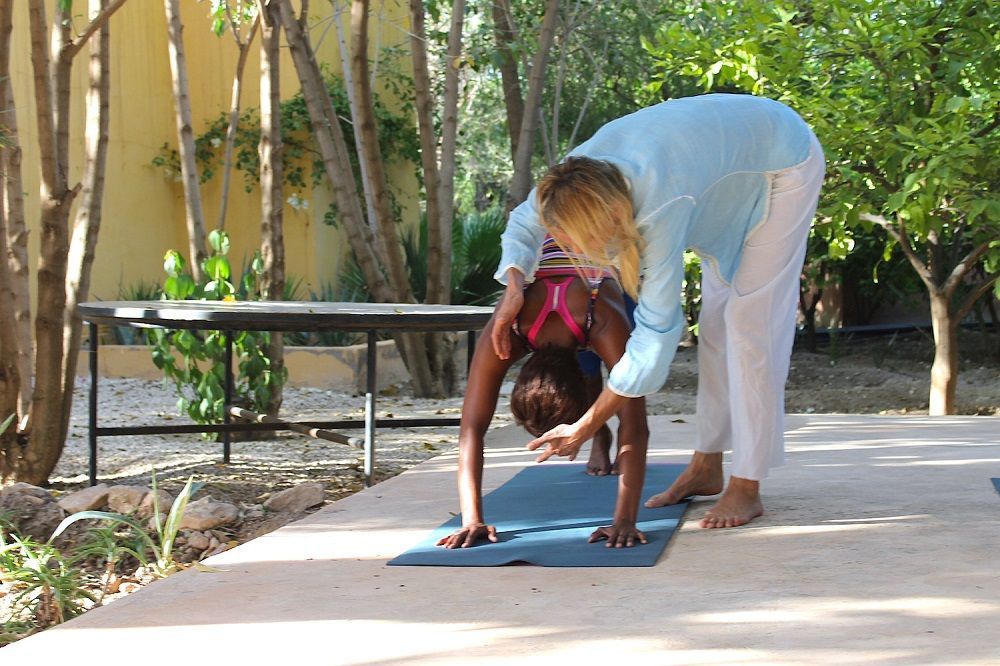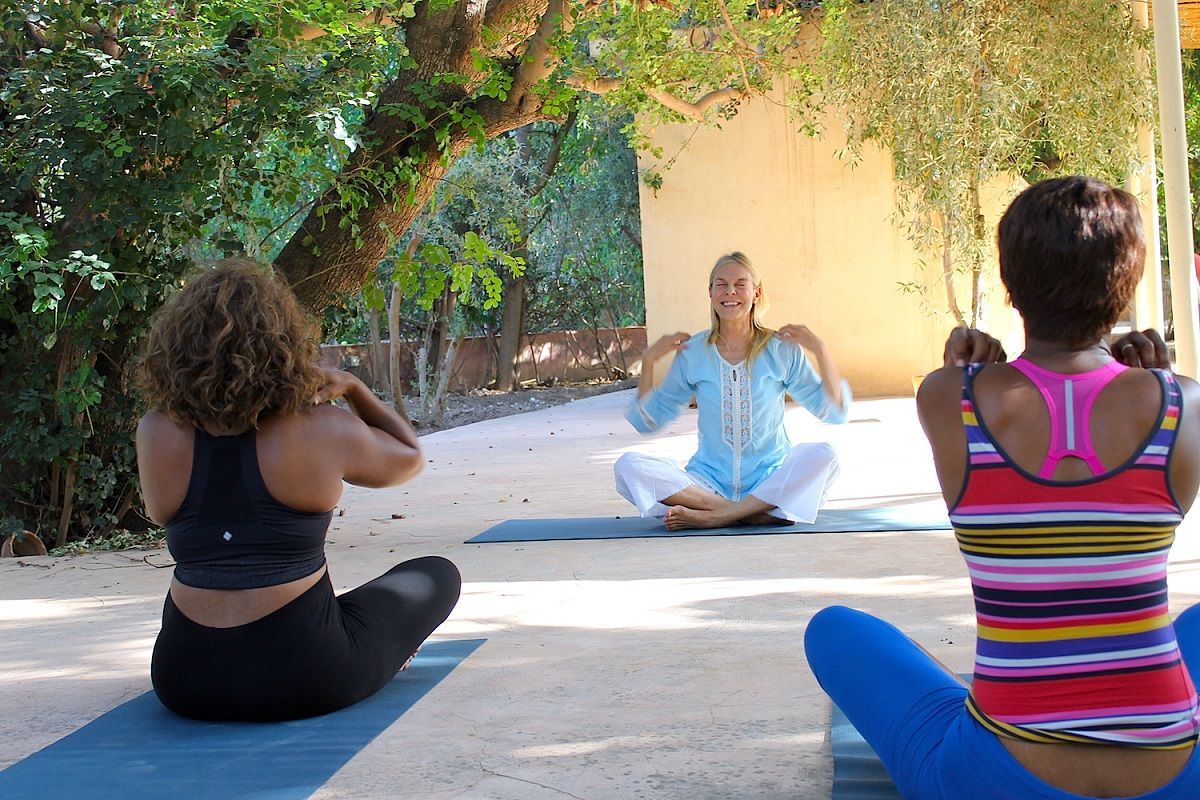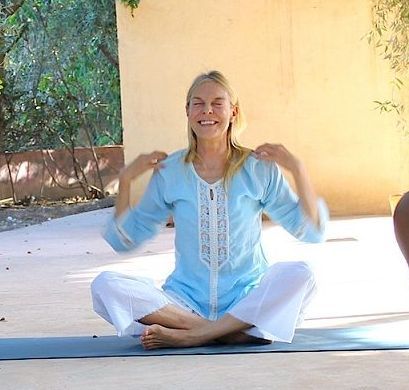
Balancing Tradition and Modernity
Historically, yoga teachers were trained through enduring, deeply personal relationships with established head teachers. This process, akin to a parent guiding a child who then nurtures the next generation, often spanned years. The system emphasized character development and a teacher's responsibility in selecting students for training, recognizing that their reputation was closely tied to the student’s success. Teaching was understood as a mutual growth process for both teacher and student.
Historically, yoga teachers were trained through enduring, deeply personal relationships with established head teachers. This process, akin to a parent guiding a child who then nurtures the next generation, often spanned years. The system emphasized character development and a teacher's responsibility in selecting students for training, recognizing that their reputation was closely tied to the student’s success. Teaching was understood as a mutual growth process for both teacher and student.
Today, fixed-hour teacher training programs have largely replaced traditional methods. While these programs offer accessible, structured pathways, they often lack the depth and character-building aspects of the traditional approach.
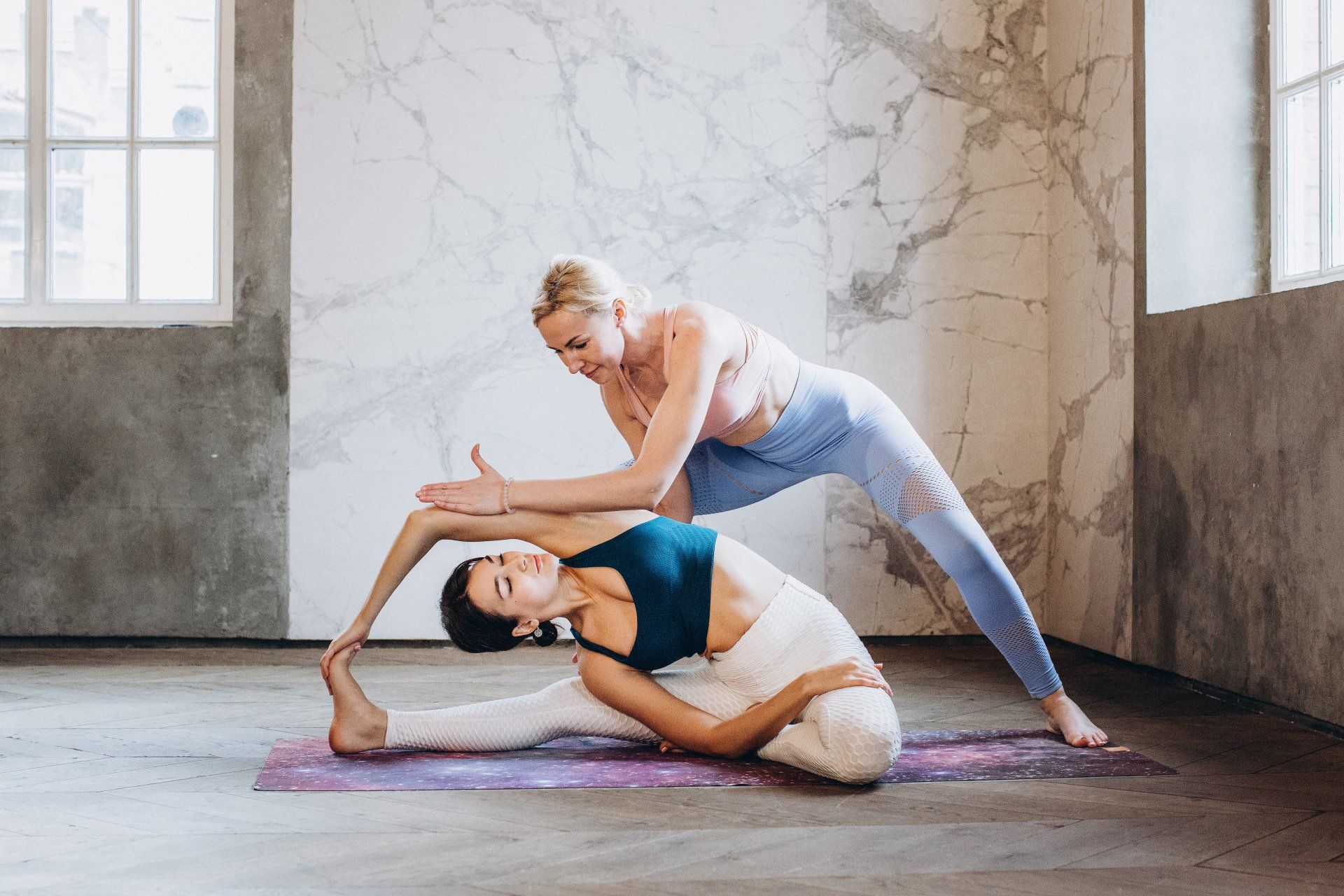
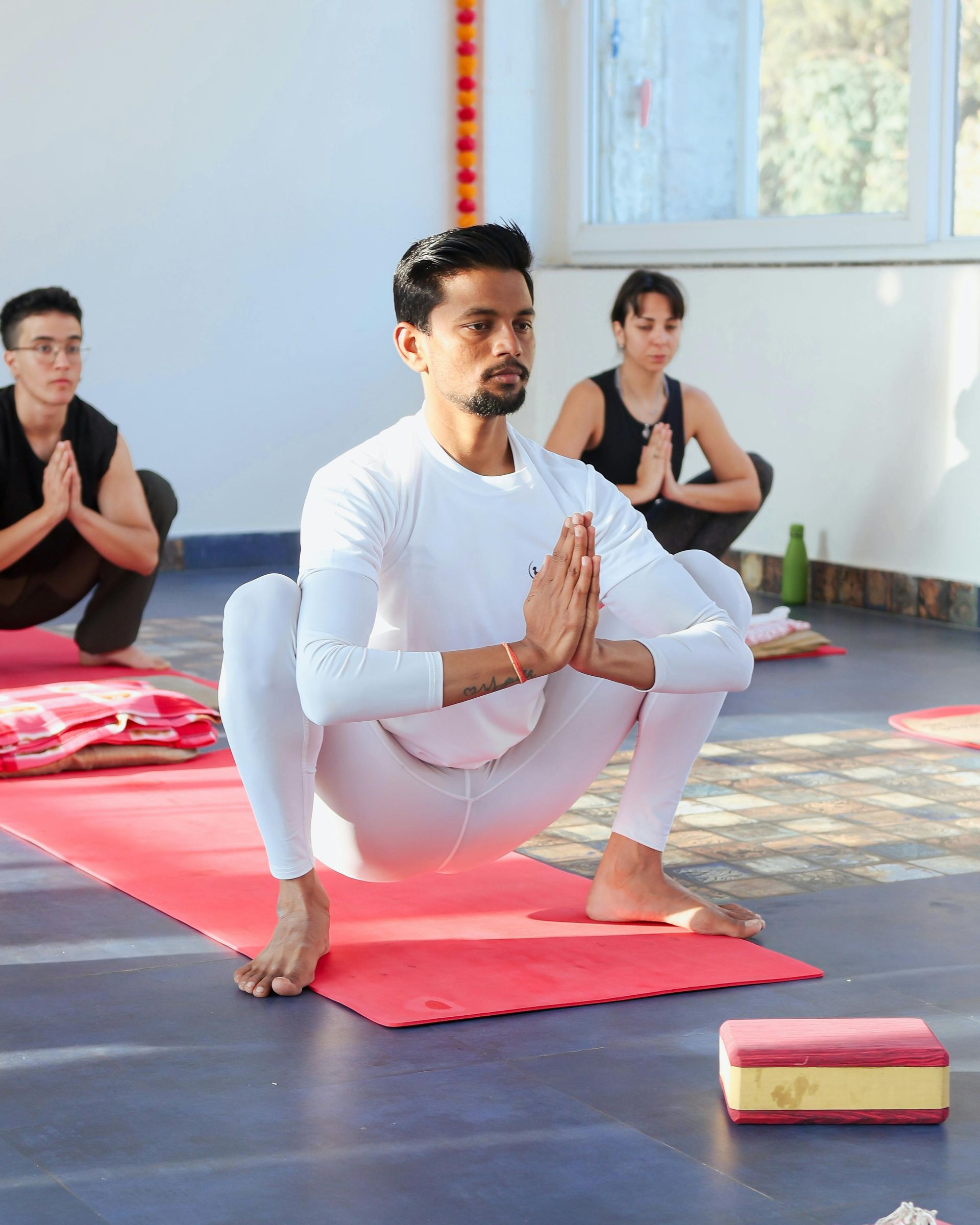
Saturation in Teacher Training
During a Marrakech yoga retreat, participants from England and America voiced concerns about poorly trained yoga teachers leading classes that caused injuries. Some training programs propose teacher training to pure beginners—an approach that traditionally would have been considered premature. Without sufficient self-practice, many certified teachers lack depth in their own understanding of yoga. This is comparable to a literature professor who doesn’t read books by themselves.
During a Marrakech yoga retreat, participants from England and America voiced concerns about poorly trained yoga teachers leading classes that caused injuries. Some training programs propose teacher training to pure beginners—an approach that traditionally would have been considered premature. Without sufficient self-practice, many certified teachers lack depth in their own understanding of yoga. This is comparable to a literature professor who doesn’t read books by themselves.
While exceptional teachers can emerge from modern programs, they are the minority. A strong self-practice is essential to cultivating depth, authenticity, and the ability to guide others effectively. When you as a student have the right teacher that connection and meaning of such a relationship lasts for years after the last lesson. As a student you must experience that which is immeasurable and unseen from a student teacher relationship before teaching.

Oversight in Training
Traditionally, yoga teachers began as dedicated students assisting experienced teachers. This was not viewed as "teacher training" but as an opportunity to deepen their own practice. Assisting was an honor, bestowed upon students with dedication, good character, and an embodiment of the class ethos.
The process of selecting assistants required the head teacher to set aside favoritism and maintain objectivity. Assisting helped students understand the teaching method from a new perspective, emphasizing humility and self-discipline. In turn, teaching became a profound self-learning process.
In modern times, such oversight and mentorship are rare. Head teachers used to retain authority over their assistants, guiding them even after they began teaching solo. This ensured consistency and maintained the integrity of the teaching lineage. Today, the absence of such oversight often leads to a dilution of quality and methodology.

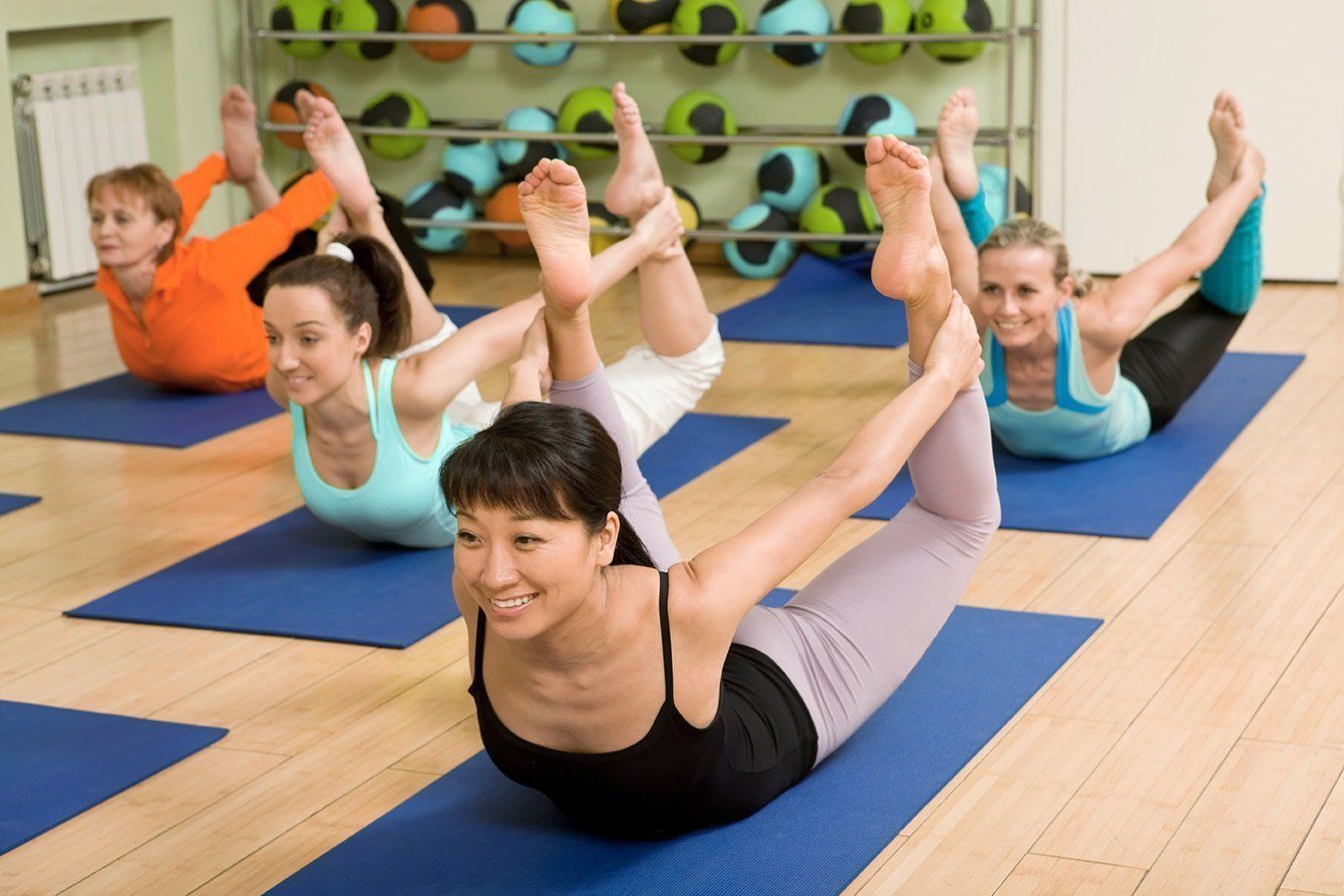
Teaching Solo
In the traditional model, students only began teaching solo after years of assisting and demonstrating their readiness. They often taught without pay initially, with compensation introduced only after they had proven their competence.
The head teacher remained a mentor and could step in to guide or correct at any time.
This hierarchical relationship ensured quality control and maintained a connection to the original teaching lineage. While such approaches may seem impractical in modern contexts, they underscore the importance of mentorship, humility, and quality in developing a teacher.
Perspective from Other Disciplines
Drawing from my Kung-Fu training, I spent three years assisting my teacher before being entrusted with leading classes. His humility and focus on principles shaped my approach to teaching yoga. The classroom had no pictures of him—only of the grandmaster, symbolizing respect for the lineage. This focus on humility and discipline contrasts sharply with modern tendencies toward self-promotion.
Similarly, the Zen Buddhist monks my My Path Into Yoga and their assistants demonstrate exceptional levels of competence, often surpassing many modern certified teachers. Their dedication to practice and learning underscores the depth achievable through traditional methods.
Drawing from my Kung-Fu training, I spent three years assisting my teacher before being entrusted with leading classes. His humility and focus on principles shaped my approach to teaching yoga. The classroom had no pictures of him—only of the grandmaster, symbolizing respect for the lineage. This focus on humility and discipline contrasts sharply with modern tendencies toward self-promotion.
Similarly, the Zen Buddhist monks my My Path Into Yoga and their assistants demonstrate exceptional levels of competence, often surpassing many modern certified teachers. Their dedication to practice and learning underscores the depth achievable through traditional methods.

Certificates of Completion
At Yoga with Perumal, quality takes precedence over quantity. Teacher training is not based on fixed hours but on depth of understanding and readiness. Participants receive certificates of completion and recommendation letters, signifying logged experience and insights gained from the Yoga with Perumal Method.
Workshops and retreats are tailored to individual progress, with the first five lessons of the retreat method or Power Yoga Sequences offering foundational knowledge. Those aspiring to teach are encouraged to express their goals early, allowing for personalized guidance and proper documentation.
At Yoga with Perumal, quality takes precedence over quantity. Teacher training is not based on fixed hours but on depth of understanding and readiness. Participants receive certificates of completion and recommendation letters, signifying logged experience and insights gained from the Yoga with Perumal Method.
Workshops and retreats are tailored to individual progress, with the first five lessons of the retreat method or Power Yoga Sequences offering foundational knowledge. Those aspiring to teach are encouraged to express their goals early, allowing for personalized guidance and proper documentation.
Our Vision
Yoga with Perumal focuses on growing organically through quality-driven studios and retreats. Our mission is not to mass-produce yoga teachers but to cultivate a select group of dedicated practitioners who embody the depth, discipline, and ethos of the traditional approach, while adapting to modern needs.
Yoga with Perumal focuses on growing organically through quality-driven studios and retreats. Our mission is not to mass-produce yoga teachers but to cultivate a select group of dedicated practitioners who embody the depth, discipline, and ethos of the traditional approach, while adapting to modern needs.

TEACHING STYLE
STUDENT TEACHER
